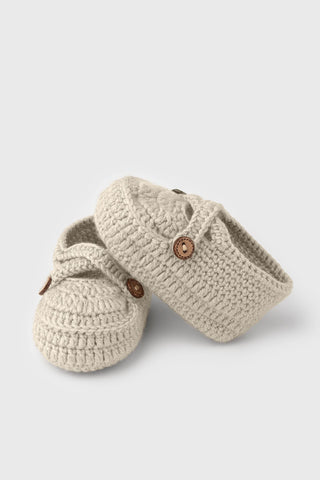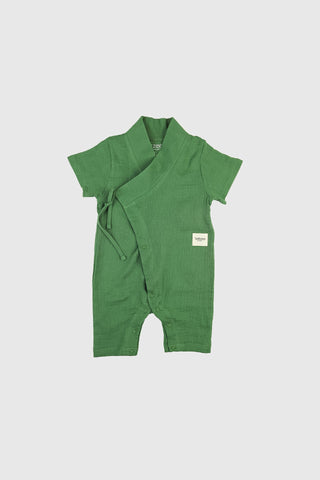The second year of a baby's life signifies a period filled with exploration. During this phase, not only does your baby's interaction with the world amplify, but their acquaintance with the kitchen deepens. Setting a table with colorful and nutritious foods not only supports their healthy growth but also shapes their palate. Here's our "Month-by-Month Nutrition Guide" for toddlers aged 13-24 months!
13-18 Months: Introducing New Flavors
13 Month-Old Baby Nutrition: Most toddlers have already tried various foods by this age. Introduce whole grain bread, pasta, and explore new protein sources. Breast or cow's milk remains crucial in their diet.
14 Month-Old Baby Nutrition: They can now chew bigger food chunks. Steam vegetables to soften and slice them. Serve white and red meat in small pieces instead of pureeing.
15 Month-Old Baby Nutrition:: Their taste preferences keep evolving. Incorporate oatmeal, whole egg, and diverse fruits to boost dietary variety.
16 Month-Old Baby Nutrition:: Introduce more varied veggies, like broccoli, cauliflower, and peas.
17 Month-Old Baby Nutrition:: A great time to try complex flavors. Enhance dishes slightly with spices and herbs.
18 Month-Old Baby Nutrition:: Incorporate fish and other seafood but monitor for potential allergies.
19-24 Months: Independent Eating Experiences
19 Month-Old Baby Nutrition:: Toddlers become more autonomous. They might start using cutlery independently. Test meals with whole grain pasta, yogurt, and a mix of veggies. Increase protein sources like chicken and fish.
20 Month-Old Baby Nutrition:: Your toddler can try an even broader range of foods. Introduce new fruits and veggies. Most can safely consume the entire egg.
21 Month-Old Baby Nutrition:: Their palate continues to expand. If no allergies are present, introduce tastes like nut butters, but always start with small portions.
22 Month-Old Baby Nutrition:: Continue with milk and dairy products. Consider introducing goat or sheep milk. Full-fat milk consumption is ideal.
23 Month-Old Baby Nutrition:: They can almost eat anything from the family table. However, avoid spicy, salty, and sugary foods. Be cautious introducing shellfish to monitor for potential allergies.
24 Month-Old Baby Nutrition:: Celebrate two years! Transition to more complex meals. Being part of family meals, they further develop diverse eating habits.
Essential Steps Towards Healthy Nutrition
The first year of a baby's life is packed with nutritional explorations vital for growth and development. As highlighted in our article "The Magical First Year: A Month-by-Month Nutrition Guide for Your Little One!", this period is of utmost importance. The second year builds on the foundation set during the first, introducing an even broader food spectrum. Every baby is unique, and it's always best to consult an expert for your child's specific needs. Balanced nutrition undoubtedly plays a pivotal role in your baby's healthy growth. Wishing you success in this special journey! Remember, each meal is a new discovery, experience, and learning opportunity. Enjoy these precious moments and never hesitate to seek expert advice.









